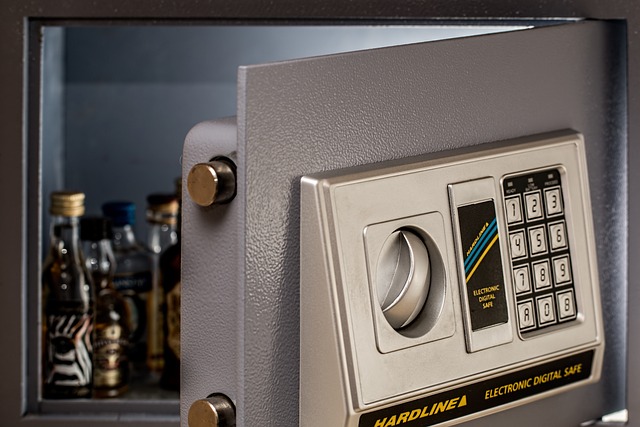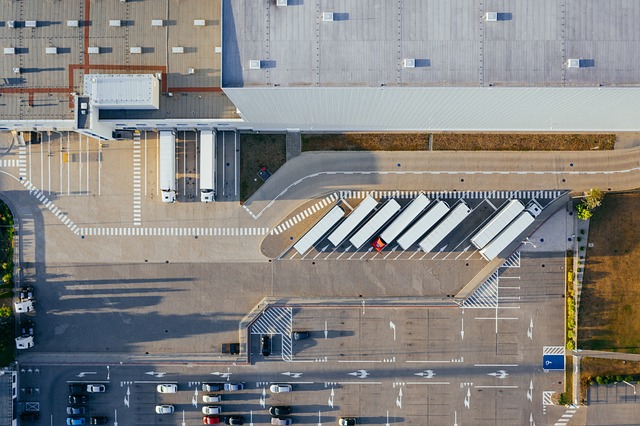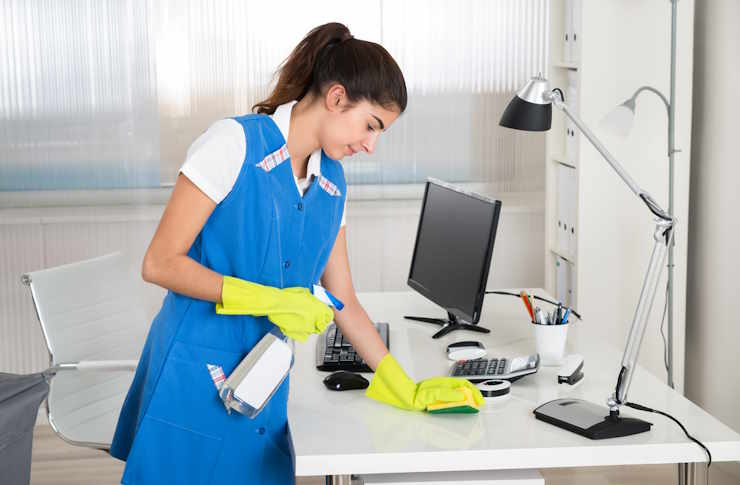Introduction to Safes: Security and Peace of Mind
In an era where security is paramount, the use of safes has become increasingly important for homeowners and businesses alike. Safes provide a secure method to store valuable items, important documents, and even firearms, protecting them from theft, fire, and unauthorized access. This article delves into the

What Are the Main Types of Safes Available?
The safe market offers several distinct categories to meet different security needs. Home safes typically focus on protecting valuables and documents from theft and fire. Gun safes are specifically designed for secure firearm storage with specialized features. Commercial safes offer enhanced security for business assets and cash. Wall safes provide concealed storage, while floor safes offer maximum protection through concrete mounting.
How Do Fire Ratings Impact Safe Selection?
Fire ratings are crucial when selecting a safe, indicating how long contents remain protected during extreme temperatures. Most quality safes offer protection ranging from 30 minutes to 4 hours at temperatures between 1200°F to 1700°F. For document protection, look for safes rated at least 350°F internally, while digital media requires lower temperature ratings around 125°F.
What Security Features Should You Consider?
Modern safes incorporate multiple security layers. Key features include:
-
Electronic or biometric locks
-
Hardened steel plates
-
Anti-drill protection
-
Relocker systems
-
Multiple bolting mechanisms
-
Tamper-proof hinges
-
Internal organization systems
How Should You Install and Position a Safe?
Proper installation significantly enhances a safe’s effectiveness. Heavy safes should be bolted to concrete floors or structural walls. Position safes away from moisture sources and extreme temperature variations. Consider accessibility while maintaining discretion about the safe’s location. Professional installation is recommended for larger units and complex mounting requirements.
What Are Key Maintenance Requirements for Safes?
Regular maintenance ensures optimal safe performance. Schedule annual lock service and lubrication. Keep electronic components free from moisture and dust. Test fire seals periodically and replace batteries in electronic locks annually. Monitor for signs of rust or deterioration, especially in humid environments.
What Are the Current Market Options and Costs?
| Safe Type | Average Price Range | Key Features |
|---|---|---|
| Basic Home Safe | $150-$500 | Fire protection, electronic lock, 1.2-2.0 cubic feet |
| Premium Home Safe | $500-$2,000 | Enhanced fire rating, biometric access, 2.0-5.0 cubic feet |
| Gun Safe | $700-$3,000 | Multiple firearm capacity, humidity control, specialized racks |
| Commercial Grade | $2,000-$5,000+ | High security rating, advanced locking mechanisms, larger capacity |
Prices, rates, or cost estimates mentioned in this article are based on the latest available information but may change over time. Independent research is advised before making financial decisions.
Selecting the right safe involves carefully evaluating your security needs, budget, and installation requirements. Consider factors like contents to be stored, desired protection level, and accessibility requirements. While initial costs may seem significant, the long-term security and peace of mind provided by a quality safe make it a valuable investment in protecting your most important possessions.






